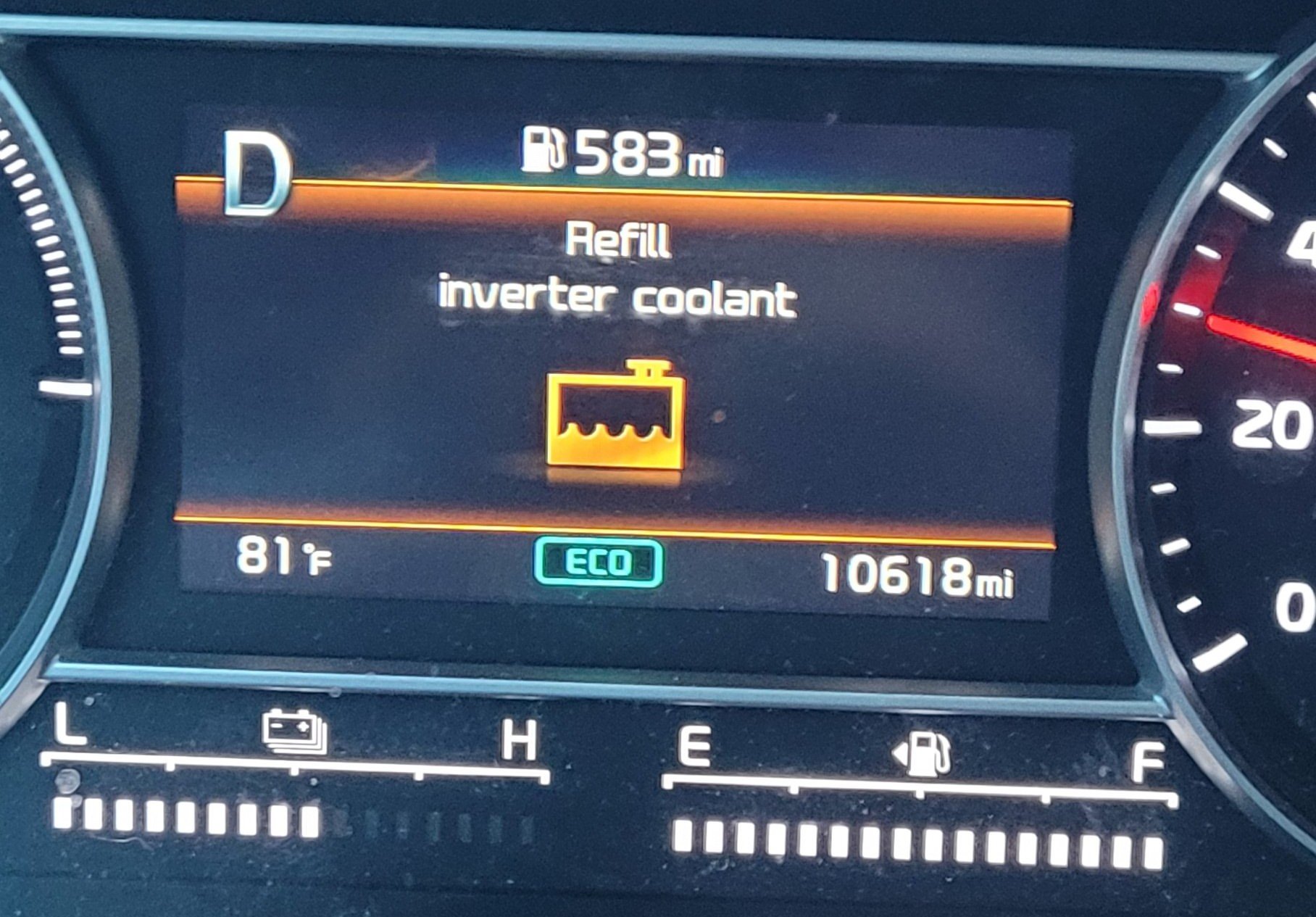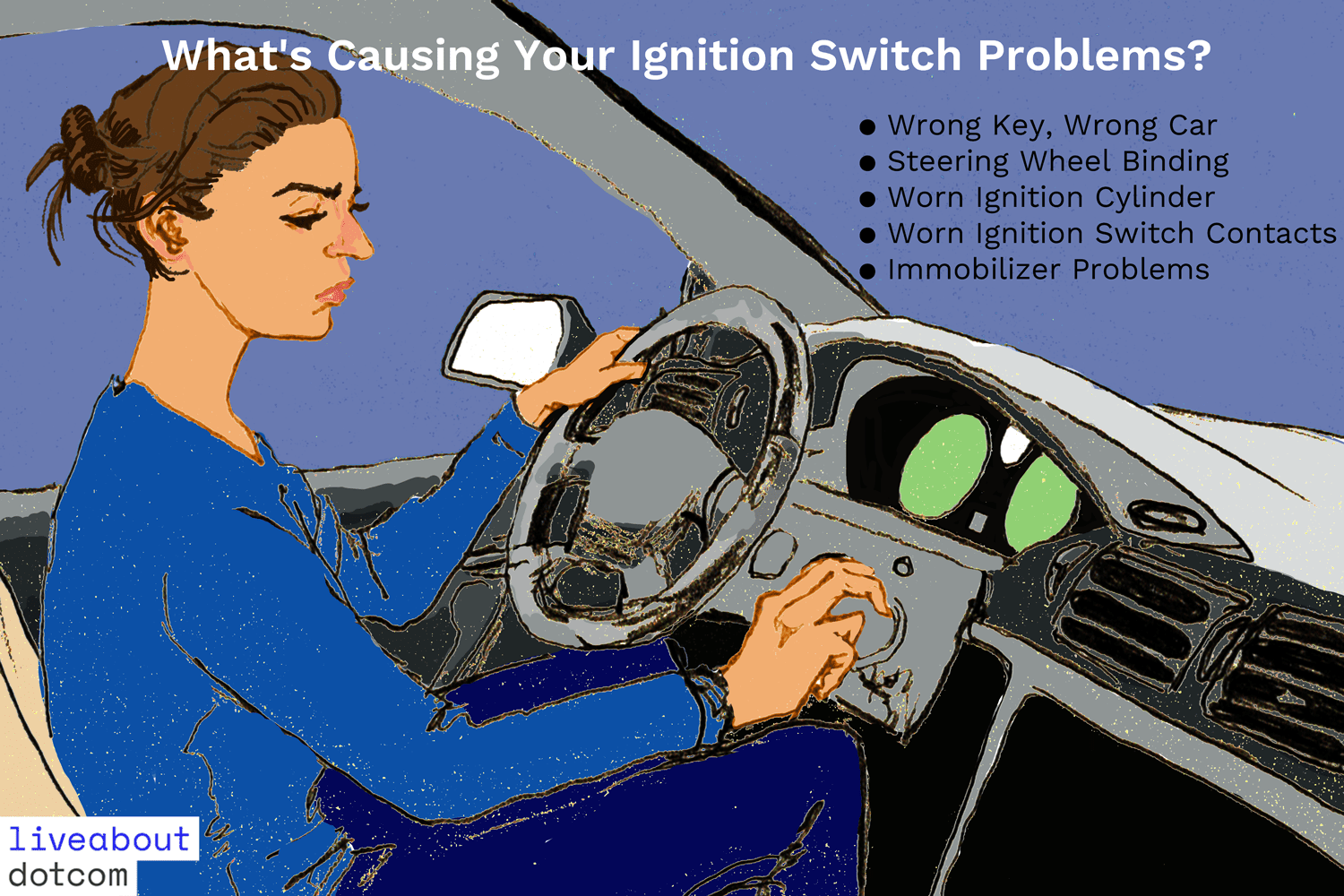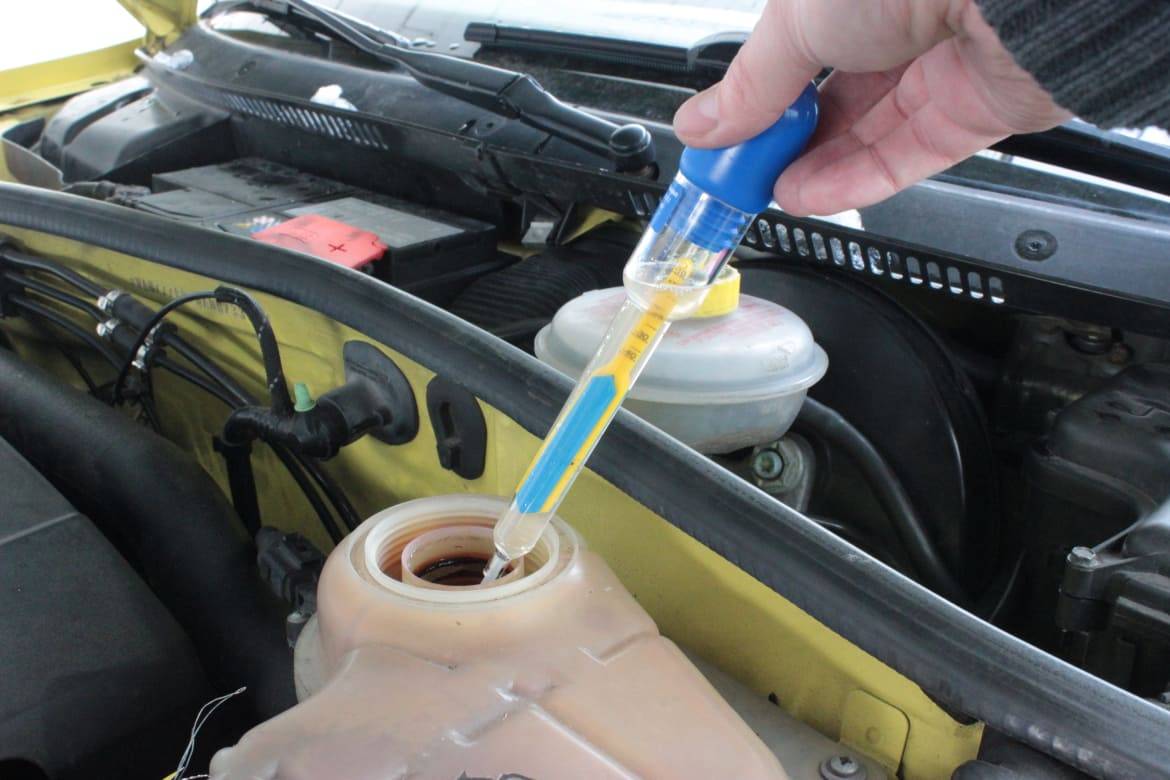How to Reset Windshield Fluid Light
To reset the windshield fluid light, consult your vehicle’s manual or hold the reset button if available. The method may vary based on the car model.
Tackling car maintenance can often feel overwhelming, but resetting your windshield fluid light is a simple task that can be quickly mastered. Whether you’ve just topped up the reservoir or addressed a sensor issue, ensuring your dashboard reflects the accurate status of your washer fluid is crucial for safe driving.
Knowing how to reset this indicator not only keeps you informed about your vehicle’s needs but also helps avoid unnecessary service trips. With advancements in vehicle technology, the resetting process can differ from one car to another, but it mostly involves straightforward steps. Always keep your vehicle’s manual handy, as it contains model-specific instructions that are essential for proper maintenance. By staying informed and performing regular checks, you’ll enhance your vehicle’s performance and safety on the road.
Credit: www.quora.com
Identifying The Windshield Fluid Light
Spotting the windshield fluid light might seem tricky if you don’t know what to look for. It’s a small symbol on your car’s dashboard that can have big implications for visibility while driving. Learning to identify this light ensures you’re never caught off guard with an empty reservoir. Let’s dive into the nitty-gritty of the common symbols and indicators, and understand when the light usually comes on.
Common Symbols And Indicators
Most vehicles use a universal symbol to alert you about windshield fluid levels.
- A windshield icon, often accompanied by dots or waves to represent liquid, is the primary indicator.
- This symbol might be illuminated in amber or yellow, signaling you to check the fluid.
When The Light Typically Illuminates
Understanding when this warning light populates can help in maintaining your car’s windscreen washing system. Here’s what triggers the light:
| Condition | Response |
|---|---|
| Low fluid level | The light comes on to ask for a refill. |
| Sensor malfunction | The light might stay on due to detector issues. |
Initial Checks Before Resetting The Light
Seeing your windshield fluid light on can be a small worry. Your car’s manual can guide you to reset it. It may sound like a simple task. Yet, it requires a few essential steps to ensure safety and proper function. Let’s check these easy steps.
Assessing Fluid Levels
Start with the windshield washer fluid reservoir. It’s often a clear container with markings for the fluid level. Make sure the car is on level ground. This ensures an accurate reading. You should see the fluid level clearly. If low, fill it up to the marked line. A funnel will help avoid spills.
| Step | Action |
| 1 | Locate reservoir. |
| 2 | Check level. |
| 3 | Fill if needed. |
| 4 | Use funnel for no mess. |
Remember to choose the right fluid for your weather. Some are for freezing temps. Others are best for bug removal.
Inspecting For Leaks Or Damage
Look for signs of leaks around the reservoir and hoses. Fluid on the ground or wet spots on the lines can signal a leak. Do a visual check for cracks or damage. Press the washer pump to see if it works. No fluid spray points to a possible blockage.
- Check reservoir body and hoses.
- Look for wet spots or pooled fluid.
- Scan for cracks or wear.
- Test the pump’s function.
Take care of leaks or damage before resetting the light. This helps prevent bigger issues down the road. You may need to replace damaged parts. Always ensure secure connections of hoses and fittings.
Refilling Windshield Washer Fluid
Keeping windshield washer fluid topped off is critical for maintaining clear vision on the road. When the windshield fluid light pops on, it’s time for a refill.
Selecting The Right Fluid Type
Windshield washer fluids come in various types, each designed for different climates and cleaning needs. Using the correct type ensures optimal cleaning and protection against freezing.
| Fluid Type | Best for |
|---|---|
| All-Season | Moderate climates |
| Bug Remover | Summer driving |
| De-icer | Cold temperatures |
Step-by-step Refilling Guide
Follow this simple process to ensure your windshield washer fluid is filled properly:
- Locate the windshield washer fluid reservoir under the hood.
- Open the cap. Look for a symbol resembling a windshield and water.
- Select the appropriate windshield washer fluid.
- Pour the fluid into the reservoir until it reaches the fill line.
- Replace the cap securely and close the hood.
- Turn on your vehicle and test the windshield washers.
Check for leaks and proper spray operation after refilling.
Manual Resetting Procedures
Your windshield fluid light can be a nag if it doesn’t turn off after a refill. Not to worry, a manual reset is often all it takes. This guide throws light on how to do just that.
Vehicle-specific Steps
Each car brand might have its unique steps for resetting the windshield fluid light. It’s best to check your vehicle’s manual first. If you’ve lost it, a quick online search with your car model and the year will help.
- Turn ignition to “on” without starting the engine.
- Press and hold the reset button, often located on the dashboard.
- Wait for the light to blink three times before releasing.
- Start the car to see if the light has reset.
Troubleshooting Common Issues
Sometimes, the light doesn’t reset on the first try. Begin by checking fluid levels again. Now, ensure the cap is tight. Sensors might not work with a loose cap.
Not working yet? Electrical glitches could be the culprit. Detach and reattach the car’s battery. This can reboot the system.
If the issue persists, inspect the windshield washer fluid sensor. It’s often located in the washer fluid reservoir.
A malfunctioning sensor or a blown fuse might be to blame. They are easy to replace. You can find replacements at auto parts shops.
Understanding Your Vehicle’s Sensor System
Knowing how your vehicle monitors fluid levels is important. Sensor systems in cars ensure a smoother drive. They alert you when it’s time for maintenance.
How Fluid Sensors Work
Windshield fluid sensors are fairly simple. A float mechanism sits in the fluid reservoir. It sinks when levels are low. This triggers a light on your dashboard.
Reasons For False Alerts
- Dirt and Debris: Contaminants can interfere with float movement.
- Electrical Issues: Faulty wiring might send incorrect signals.
- Sensor Failure: Over time sensors can wear out, requiring replacement.

Credit: www.rav4world.com
When To Seek Professional Help
Sometimes, your DIY approach hits a dead end. You notice the windshield fluid light remains stubbornly on. It could signal deeper issues than just a need for a reset. In such cases, professional help is a wise decision. Below, we explore signs indicating it’s time to call the experts.
Persistent Light After Reset
If the windshield fluid light doesn’t turn off after a reset, attention from a certified mechanic is crucial. They can diagnose underlying problems that aren’t obvious. Here’s what to look for:
- Refilled fluid not solving the issue? Might be a sensor fault.
- Reset procedures yielding no results? Could be a glitch in the system.
- Performed all steps correctly but no change? Time for a professional diagnosis.
Dealing With Electrical Faults
Windshield fluid systems are sometimes part of a vehicle’s complex electrical network. A persistent fluid light can hint at electrical faults.
What points towards an electrical issue?
- Blinking lights on the dashboard, not just the fluid indicator.
- Other electrical components acting out of the norm.
- Diagnostics run by professionals indicating error codes related to the vehicle’s electrical system.
In these scenarios, an auto-electrician’s expertise can provide the answers and a solution.

Credit: m.youtube.com
Frequently Asked Questions On How To Reset Windshield Fluid Light
Why Does Windshield Fluid Light Stay On?
The windshield fluid light may stay on due to low fluid levels or a sensor issue. Check fluid levels first and top off if needed. If the light persists, there may be a problem with the sensor or the circuit, and further investigation or professional diagnostics may be needed.
How Do I Reset My Windshield Fluid Indicator?
To reset the windshield fluid indicator, first ensure the fluid reservoir is filled. Then, turn the ignition on and off, or use the vehicle’s specific reset procedure found in the owner’s manual. If the light doesn’t turn off, a sensor fault might require professional service.
Can Windshield Fluid Affect Dashboard Warning Lights?
Yes, low windshield fluid can trigger dashboard warning lights. Specifically, the windshield fluid light alerts you to top up the fluid. It’s a safety feature designed to keep your windshield clear. Always maintain proper fluid levels to avoid this warning.
What Triggers Windshield Fluid Light Activation?
Windshield fluid light activation occurs when the fluid level drops too low. The car’s sensor system detects the low level and illuminates the light on the dashboard to alert the driver. Fill the reservoir to deactivate the light.
Conclusion
Tackling the reset of your windshield fluid light can seem daunting at first. Yet, with the right steps, it’s a simple task. Remember, regular check-ups prevent future issues. Embrace the confidence of managing your vehicle’s needs. Safe driving starts with clear visibility—don’t compromise on it.







